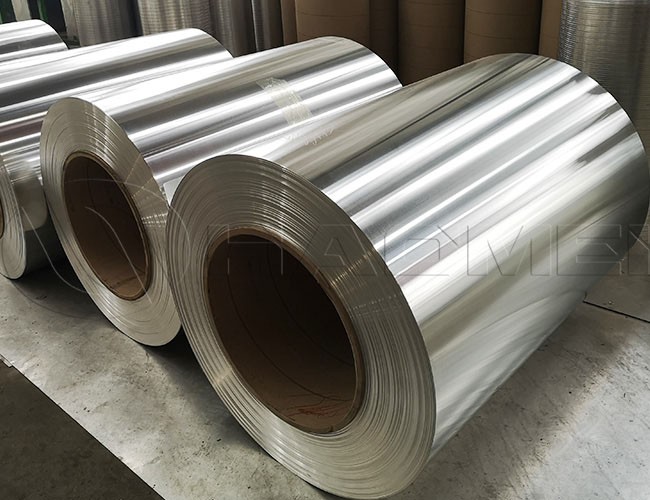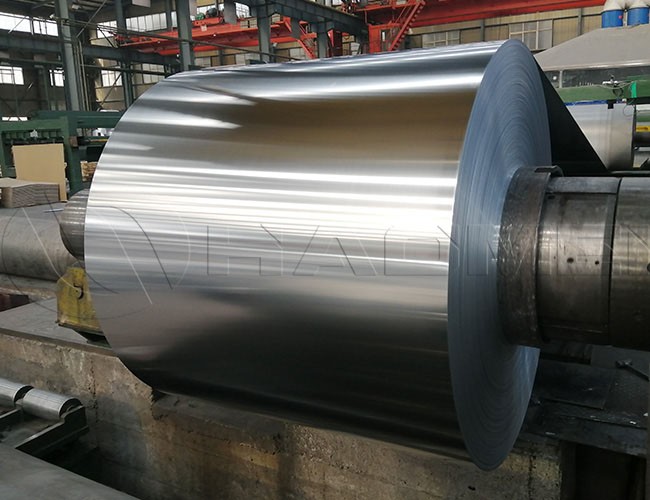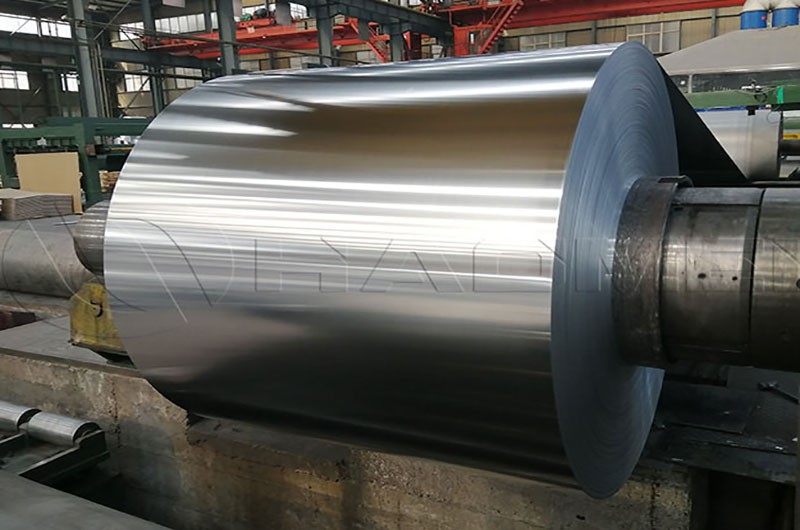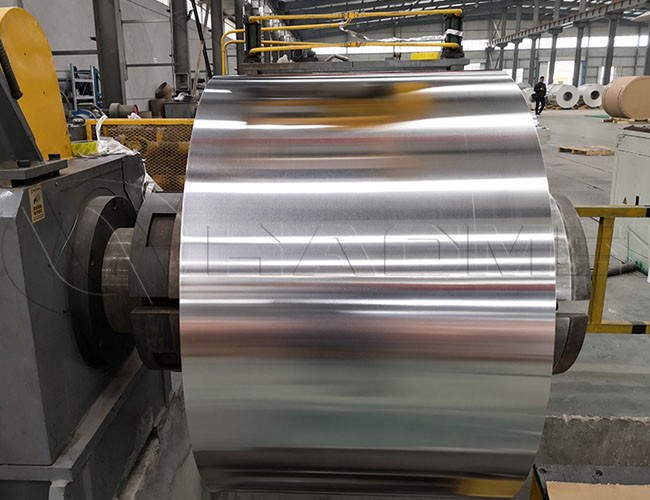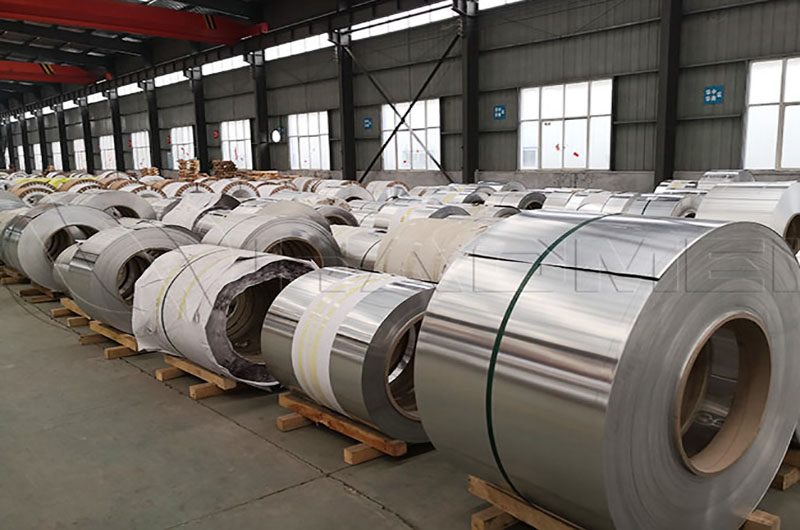- Step one: Dust removal
- Step Two: Mild Soap Solution
- Step 3: Rinse thoroughly
- Step 4: Avoid using strong chemicals
- Step Five: Vinegar or Lemon Juice
- Step Six: Avoid Wiping
- Step 7: Dry fully
- Step 8: Polishing (optional)
Anodizing is an effective method of creating a hard, weather-resistant surface that can last for years without tarnishing. Eventually, however, the surface of the anodized aluminum sheet coil roll will become stained and scratched, often looking dull and dull to the point where it needs to be replaced or cleaned.

Cleaning anodized aluminum coils is a task that requires careful attention to avoid damaging the oxidized surface. When cleaning, we need to take a series of detailed steps to ensure that the aluminum surface is not only clean, but also maintains its original oxidation coating.
Step one: Dust removal
Cleaning begins by removing loose dust and dirt from the aluminum surface. This step is to prevent scratches during the subsequent cleaning process. Use a soft brush or cloth to gently brush away dust from the aluminum surface. Make sure to be gentle and don't use hard tools to avoid scratching the oxide coating.
Step Two: Mild Soap Solution
Next, we prepare a mild soapy water solution. Mix warm water with a mild detergent to create a soapy solution suitable for cleaning. Use a soft cloth or sponge dipped in soapy water and gently wipe the anodized aluminum surface. During this process, be sure to use non-abrasive materials to avoid damage to the oxide coating.
Step 3: Rinse thoroughly
After cleaning, rinse the aluminum surface thoroughly with clean water to ensure all soap residue is removed. This step is to avoid unnecessary impact of soap residue on the aluminum surface. Make sure to rinse with enough water so that the aluminum surface is thoroughly clean.
Step 4: Avoid using strong chemicals
Throughout the cleaning process, avoid using any strong chemicals that may cause damage to the oxidized coating. Do not use abrasive cleaners, strong acids or bases to ensure the safety of your anodized aluminum surface. If there is a specific cleaning product available, it is recommended to check the product instructions to ensure it is suitable for anodized aluminum.
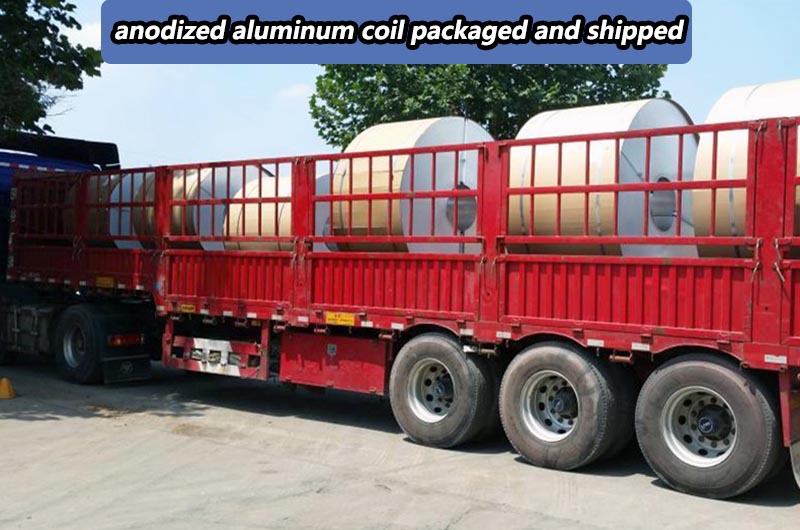
Step Five: Vinegar or Lemon Juice
If there are mineral stains or stains on the aluminum surface, you can try using a solution of white vinegar or lemon juice. Mix equal parts water and white vinegar or lemon juice, apply the solution with a soft cloth and gently wipe the affected area. Then, rinse thoroughly with clean water. This solution can help remove some hard-to-clean stains, but again, make sure not to cause damage to oxidized surfaces.
Step Six: Avoid Wiping
Never use abrasive pads or steel wool during cleaning. These tools can leave scratches on the surface, ruining the appearance of anodized aluminum. Stick to a soft material like a microfiber cloth to ensure cleaning without causing damage.
Step 7: Dry fully
After cleaning, make sure the aluminum is completely dry. This can be done by letting it dry naturally or using a drying cloth. Water stains can leave marks on aluminum surfaces, so ensuring the surface is thoroughly dry is key.
Step 8: Polishing (optional)
If you want to restore the shine of anodized aluminum, consider using a non-abrasive aluminum polish. Apply a light polish using polishing compound according to the manufacturer's instructions. This step is optional, as not all cleaning jobs require polishing. If you choose to polish, be sure to follow the product instructions to avoid overuse.
Overall, cleaning anodized aluminum requires some care and detail. Each step is designed to ensure cleanliness while protecting the oxidized surface. Also, be sure to check the manufacturer's recommendations, as different oxide coatings may require specific care methods.
If you are unsure about a certain cleaning method, it is recommended to test it in an inconspicuous area to ensure that it does not cause irreversible damage to the entire surface.
Be sure to check the manufacturer's recommendations for cleaning anodized aluminum, as specific coatings or finishes may have unique care instructions. When in doubt, test any cleaning method on a small, inconspicuous area before applying it to the entire surface.
Informations you may be interested in:
- Reasons for irregular oxide film of alloy aluminum coil
- What are the advantages of continuous anodized aluminum sheet coils as building materials?
- What is anodized aluminum sheet coil?
- What skills are needed for hard anodized of 5052 aluminum coils?
- 5 features continuous thick film anodized aluminum coils
- Haomei Aluminum An Overview of the Different Types of Aluminum Coil Stock


